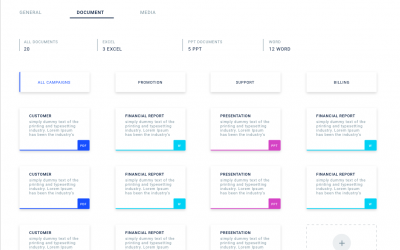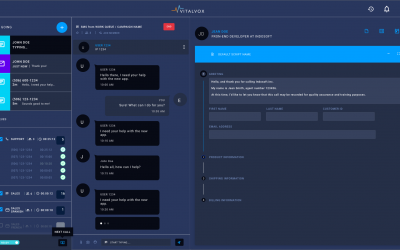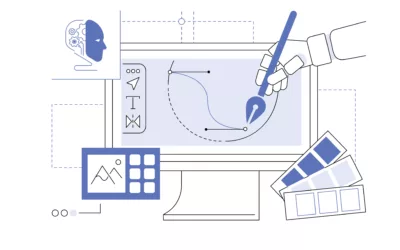Workforce Management in Contact Centers
2024-01-18
Insights
Introduction: Exploring Contact Center Workforce Management
Workforce management in contact centers is a critical component for achieving operational excellence. This post demystifies what contact center workforce management entails and its importance in ensuring optimal service delivery and agent productivity.
The Essence of Workforce Management
- Core Definition: Workforce management in contact centers involves the strategic coordination of staff to meet customer service demands effectively.
- Balancing Staffing Needs: It includes forecasting call volumes, scheduling staff appropriately, and managing agent workloads to balance customer needs with operational efficiency.
Key Components of Effective Workforce Management
- Accurate Forecasting: Predicting call volumes accurately is crucial. It ensures the right number of agents are available to handle customer interactions without excessive wait times or agent idle time.
- Dynamic Scheduling: Also, creating flexible schedules that adapt to forecasted demands is essential for maintaining service quality and agent morale.
Technology’s Role in Workforce Management
- Leveraging Software Solutions: Modern workforce management relies heavily on software solutions. These tools automate scheduling, forecast call volumes, and provide real-time analytics to adjust staffing levels.
- Enhancing Efficiency and Adaptability: By utilizing these technologies, contact centers can respond swiftly to changing demands, thereby enhancing overall service efficiency.
Training and Development: A Workforce Management Pillar
- Continuous Agent Development: Regular training and skill development are integral to workforce management. They ensure that agents are capable of handling diverse customer needs effectively.
- Boosting Agent Performance and Satisfaction: Furthermore, continuous development initiatives keep agents engaged and motivated, leading to improved performance and job satisfaction.
Measuring and Improving Performance
- Tracking Key Metrics: Workforce management also involves monitoring key performance indicators (KPIs) like average handle time, customer satisfaction scores, and service level.
- Using Insights for Improvement: These metrics provide valuable insights, guiding continuous improvements in staffing strategies and agent performance.
Conclusion: Elevating Contact Center Success Through Workforce Management
Effective workforce management is vital for the success of any contact center. By accurately forecasting demand, implementing dynamic scheduling, leveraging technology, focusing on agent development, and continuously improving performance, contact centers can ensure high levels of customer satisfaction and operational efficiency.
For more insights on optimizing your contact center’s workforce management, reach out to our team for expert solutions.
Categories
- Agent Performance & Training
- AI solutions
- Asterisk
- Business Growth
- Call Center Performance & Productivity
- Call Center Software Platform
- Call Center Technology & AI Integration
- Call Center Training
- Call Center Workforce Management
- Call Monitoring
- Cloud-Based Solutions
- Customer Experience
- Data Security
- General
- Insights
- Integrated Customer Service
- News
- Omnichannel Communication Strategy
- Omnichannel Support
- Quality Assurance
- Tech
Tags
Advanced Technology
Agent Performance
AI
Asterisk
Automation
call center
Call Center Management
Call Center Software
Call Routing
Cloud Solutions
Communication
Cost Savings
Customer Experience
Customer Feedback
customers
Customer Satisfaction
Customer Service
Customer Trust
cybersecurity
Data-Driven Decisions
Data Analysis and Reporting
Data Security and Privacy
Digital Customer Experience
efficiency
feedback
holiday
Innovation
Innovations in Customer Service
Loyalty
Omnichannel
Omnichannel Communication
Omnichannel Support
Operations
Performance
Personalized Customer Experience
Productivity
Real-Time Analytics and Reporting
service
Solving Customer Problems
support
Technology
Top Trends
Training
Usability
Workforce Management



